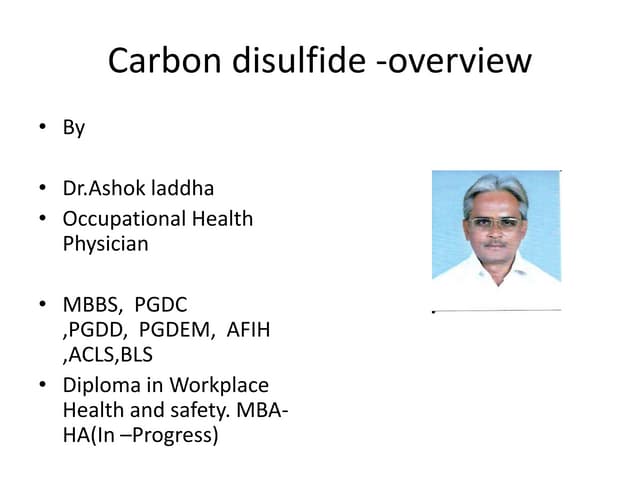Chunai Updates
Your go-to source for the latest news and insights.
When Gaming Goes Sour: Analyzing CS2 Toxicity Reports
Dive into the dark side of CS2! Uncover shocking toxicity reports and explore their impact on the gaming community.
Understanding the Roots of Toxicity in CS2: Key Factors and Trends
Understanding the roots of toxicity in CS2 is essential for both players and developers alike. Toxic behavior can take many forms, from verbal harassment to intentional griefing. Several key factors contribute to this issue, including the competitive nature of the game, the anonymity provided by online platforms, and the lack of effective moderation. Trends have shown that as player populations grow, instances of toxic behavior can spike, leading to a diminished gaming experience for everyone involved.
Moreover, certain demographics are more prone to exhibit toxic behavior. Young male players typically make up a significant portion of the CS2 community, which often correlates with higher incidences of aggression in competitive settings. Effective measures to combat toxicity must consider these underlying issues. Developers can implement in-game reporting systems, promote positive behavior, and actively engage with the community to foster a healthier gaming environment. Addressing the roots of toxicity involves a combination of player education and community engagement.

Counter-Strike is a popular series of multiplayer first-person shooter games where teams of terrorists face off against counter-terrorists. Players can enhance their gameplay experience with various tactics, strategies, and even custom game modes, such as surf maps. For a deeper understanding of how to navigate these modes, you can check out the cs2 surf commands to improve your skills. The game has fostered a vibrant esports scene, making it a staple in competitive gaming.
The Impact of Toxic Behavior on CS2 Communities: A Deep Dive
The rise of toxic behavior in gaming communities, particularly in games like CS2, has become a significant concern for players and developers alike. Toxicity manifests in various forms, including harassment, verbal abuse, and unsportsmanlike conduct, which can severely impact player experience and community engagement. According to recent studies, over 40% of players report exposure to toxic interactions, leading to decreased enjoyment and increased frustration. This pervasive negativity not only affects individual players but also the overall health of the CS2 community, creating an environment where new players may feel unwelcome or intimidated.
Moreover, the consequences of this toxic behavior extend beyond personal experiences and can result in broader community fallout. Teams can become divided, and the competitive spirit may be overshadowed by conflict and hostility. Implementing robust moderation tools and fostering a culture of respect are essential steps towards combating this issue. Developers play a crucial role in addressing toxic behavior through effective reporting systems and community guidelines. As players and communities unite against toxicity, they can transform the CS2 landscape into a more supportive and inclusive space for all.
How to Combat Toxicity in CS2: Strategies for Players and Developers
Combatting toxicity in CS2 is essential for fostering a positive gaming environment. Players can employ several strategies to mitigate negative behaviors. Firstly, establishing a personal code of conduct can help individuals stay accountable for their actions. This includes being mindful of language and maintaining sportsmanship during matches. Secondly, utilizing the reporting system effectively can aid in identifying toxic players. Reporting toxic behavior not only encourages better player conduct but also reinforces a community standard. Developers play a crucial role in this process as well by continuously updating their moderation tools to identify and remove disruptive players.
For developers, creating a system that rewards positive behavior is a proactive way to reduce toxicity. Implementing features such as a commendation system, where players can give kudos to teammates who display good sportsmanship or teamwork, can foster a friendlier atmosphere. Additionally, providing resources for conflict resolution and promoting in-game communication etiquette are vital steps towards improving the community. By focusing on these strategies, both players and developers can work together to combat toxicity in CS2, ensuring a more enjoyable gaming experience for everyone involved.